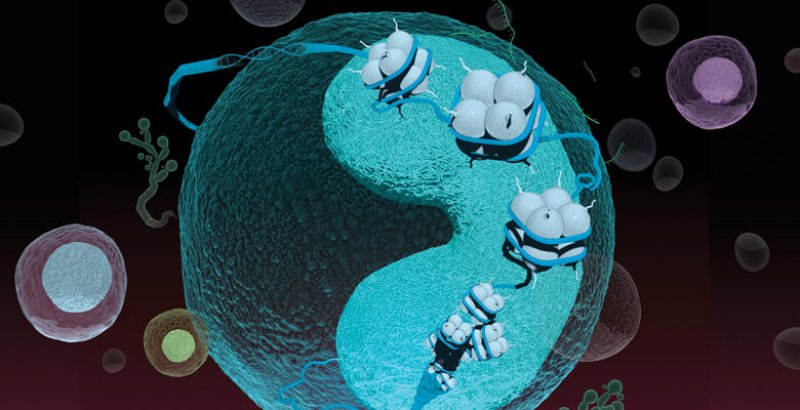…
In his latest study, published in the June 13 issue of Cell, [neurobiologist Oded] Rechavi investigated the inheritance of a learned behavior: chemotaxis, the ability to orient and move toward food sources. He wanted to know whether small RNAs made specifically in nerve cells could somehow communicate with the germline and generate heritable behavioral responses.
…
The surprise came when they looked at the worms’ gonads: More than 1,000 siRNAs had changed in abundance relative to those in worms that lacked rde-4 entirely. And although none of the progeny’s cells carried a working rde-4 gene, the worms could still perform chemotaxis. Somehow, their germ cells still had siRNAs targeting saeg-2. Rechavi and his colleagues concluded that these worms had inherited the siRNAs from their parents.
Read full, original post: Inherited Learning? It Happens, but How Is Uncertain































